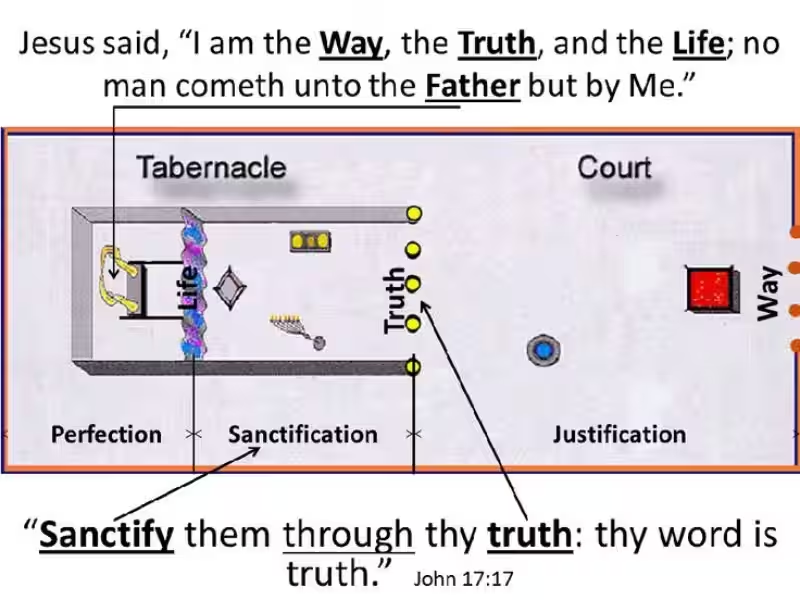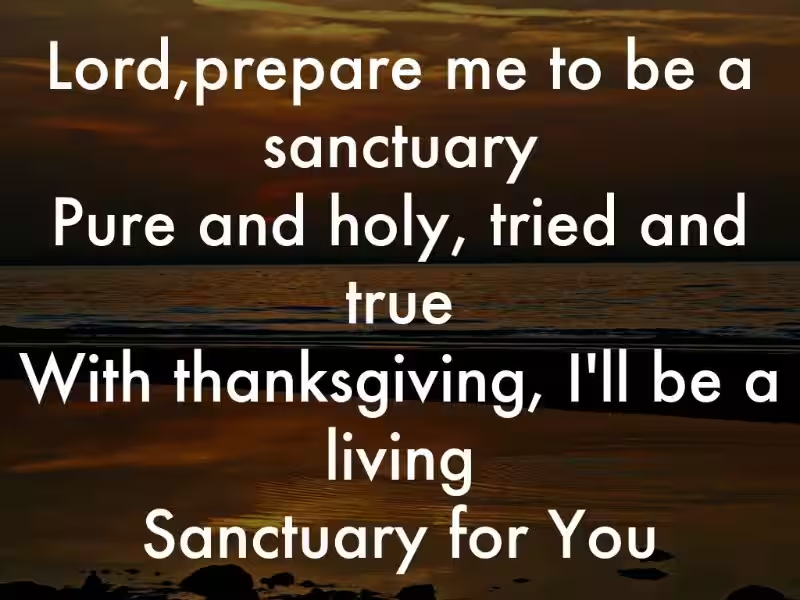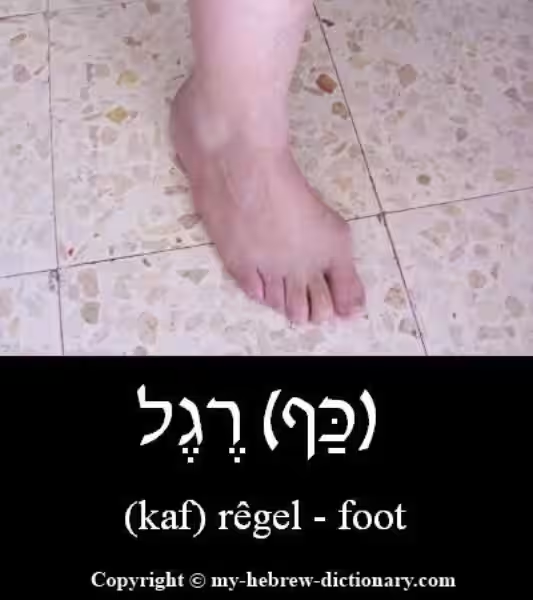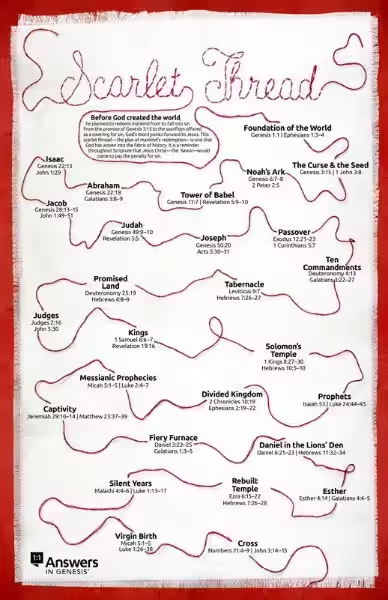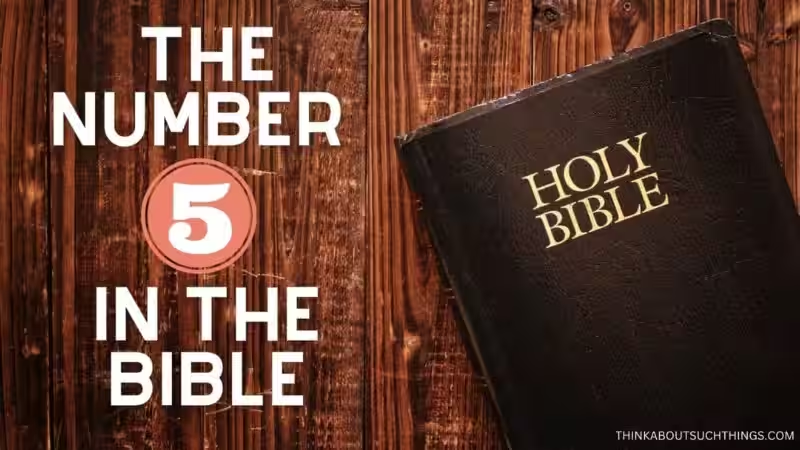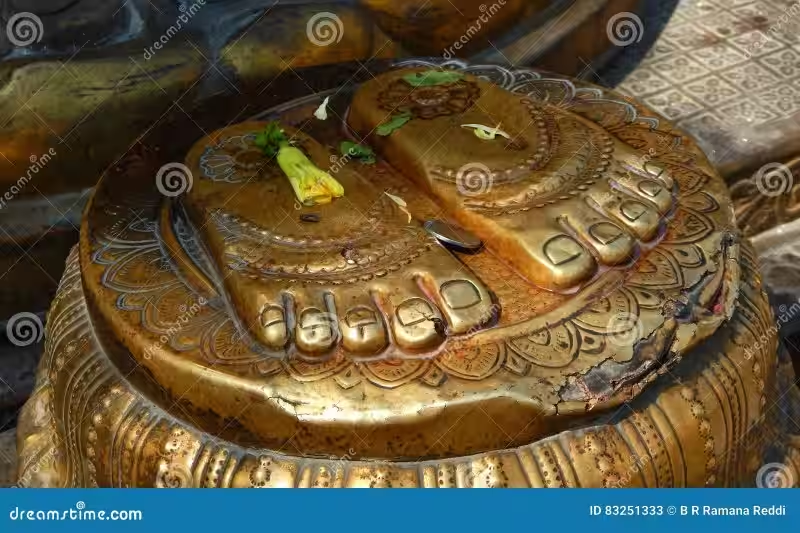Exodus Tabernacle Diagram: Unraveling the Mysteries of the Portable Sanctuary
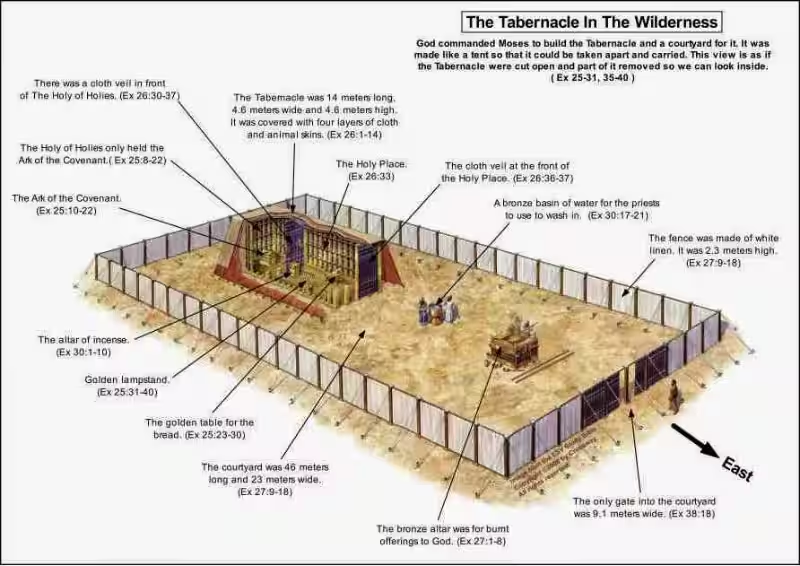
Understanding the layout of the Tabernacle is crucial to grasping the religious and cultural significance of the Israelites' journey through the wilderness. Many representations exist, but discrepancies in the biblical text make creating an accurate Exodus tabernacle diagram a surprisingly complex task. This article will explore the challenges and commonly held interpretations of this iconic structure.
The Overall Structure: Courtyard and Tabernacle Proper
The Tabernacle wasn't just a tent; it was a complete sanctuary complex. The outer courtyard, a vast space measuring approximately 150 feet by 75 feet (a substantial 11,250 square feet), provided a defined area for ritual preparation and gatherings. Enclosed by a linen fence roughly seven feet high and supported by pillars, this courtyard set the stage for the sacred activities within.
This impressive size emphasizes the importance of the surrounding sacred space and the various rituals performed within its boundaries. The scale alone speaks to the significance of the Tabernacle within the Israelite community, providing a substantial area for communal worship and preparation for approaching the divine. The visual impact of this expansive courtyard must have been striking, setting the scene for the sacred events within the tabernacle itself.
The Tabernacle’s Interior: Holy Place and Holy of Holies
The central focus, the tabernacle itself, measured a more modest 45 feet by 15 feet. This rectangular structure, constructed from acacia wood overlaid with gold, housed two distinct areas: the Holy Place and the Holy of Holies. While the text doesn't explicitly detail the separation between these two sacred spaces, it's implied that a physical division existed within the 45 x 15 foot space, creating distinct areas of worship and ritual.
The arrangement of these areas within the tabernacle was carefully planned, reflecting the hierarchical structure of the Israelite religious system and the importance of maintaining a proper distance from the most sacred elements. The precise nature of this internal division remains a subject of scholarly debate, but its existence is beyond doubt, as it formed the core of the Tabernacle's religious function.
The Multi-Layered Roof: A Symbol of Protection and Divine Glory
The roof of the Tabernacle was a marvel of engineering and symbolism, comprising four distinct layers. Each layer added to both the structure's protection from the elements and its symbolic significance.
- Innermost Layer: Fine linen, intricately embroidered with cherubim (angels), representing divine presence and protection.
- Second Layer: Goat's hair, offering insulation and further protection from the harsh desert environment.
- Third Layer: Red-dyed rams' skins, adding strength and durability to the structure.
- Outermost Layer: Porpoise skins, providing exceptional weather resistance, shielding the sacred space within from the elements.
The meticulous layering not only protected the sacred space but also held profound symbolic meaning. Each layer served a practical purpose, but the sequence and materials also conveyed the Israelites' deep-seated faith and reverence for the divine. The careful attention to detail in the construction suggests a profound connection between the practical and the spiritual.
Dimensions and Discrepancies: The Challenge of an Accurate Exodus Tabernacle Diagram
Creating an accurate Exodus tabernacle diagram is complicated by inconsistencies in the biblical text itself (Exodus 26). The commonly accepted dimensions of 45 feet long by 15 feet wide have been questioned. The description of the rear frames, for example, suggests only 13.5 feet of combined width, leading to various interpretations. Some scholars suggest a trapezoidal shape, while others maintain a more traditional rectangular structure.
The differing interpretations highlight the challenges in translating ancient textual descriptions into concrete architectural plans. The lack of precise measurements and the use of ancient terminology create ambiguities that make the task far more difficult than might initially appear. The variance in interpretations emphasizes the need for continued scholarly analysis and careful consideration of the available evidence. The debate emphasizes the inherent difficulties in reconstructing ancient structures solely from textual descriptions.
Covering Dimensions: Further Clues to the Tabernacle’s Shape
The dimensions of the coverings offer additional clues. The inner curtain (60' x 42') and the outer goats' hair curtain (66' x 45') are significantly larger than the tabernacle's reported dimensions. This excess material, particularly in the goats' hair curtain, supports a rectangular design, with the extra length draping down the sides.
The extra material isn’t just an oversight; it's crucial for understanding the overall design. A trapezoidal shape would require a different explanation for this surplus fabric, an explanation absent from the biblical text. This dimensional discrepancy supports the interpretation of a rectangular structure with sufficient fabric to adequately cover and protect all sides.
Conclusion: Reconciling Text and Interpretation
Despite the ambiguities surrounding the exact dimensions and the framework design, the available textual evidence, particularly the dimensions of the coverings, largely favors a rectangular interpretation of the Tabernacle's overall shape. While unresolved questions regarding the corner frames remain, the traditionally depicted 15' x 15' x 45' rectangular model remains the most plausible representation.
The creation of a completely accurate Exodus tabernacle diagram remains elusive, highlighting the ongoing nature of biblical scholarship. The discrepancies within the textual description serve as a reminder of the complexities inherent in interpreting ancient texts and reconstructing historical artifacts. Further research and possibly even archaeological discoveries may one day offer a more definitive answer.
Exodus Tabernacle Diagram: Frequently Asked Questions
Here are some frequently asked questions about the diagram and structure of the Exodus Tabernacle:
What were the overall dimensions of the Tabernacle complex?
The Tabernacle complex consisted of the tabernacle itself and an enclosing courtyard. The courtyard was significantly larger, measuring approximately 150 feet by 75 feet, encompassing about 11,250 square feet. This courtyard was surrounded by a linen fence roughly 7 feet high, supported by pillars.
What were the dimensions of the Tabernacle tent itself?
The tabernacle tent, the central structure within the courtyard, measured approximately 45 feet long and 15 feet wide. However, there is scholarly debate about the precise dimensions, particularly regarding the width, due to ambiguities in the biblical text (Exodus 26). Some scholars propose alternative shapes, like a trapezoid, but a rectangular shape remains the most widely accepted interpretation.
How was the Tabernacle's interior divided?
The interior of the 45 x 15 foot tabernacle was divided into two main sections: the Holy Place and the Holy of Holies. While the exact nature of the divider between these sections is not explicitly detailed in the biblical account, it is implied to be a structural division within the overall dimensions of the tabernacle.
What materials were used to construct the Tabernacle?
The framework of the Tabernacle was constructed from acacia wood boards overlaid with gold, creating a strong and ornate structure. The coverings of the roof were layered: an inner layer of fine linen embroidered with cherubim, followed by goat's hair, red-dyed rams' skins, and finally, an outer layer of porpoise skins for weather protection. These layers were secured to the ground with loops and clasps for stability during transport and use.
What is the significance of the multiple layers in the Tabernacle's roof?
The multi-layered roof of the Tabernacle served both practical and symbolic purposes. The layers provided increasing levels of insulation and weather protection, while also holding deep symbolic meaning related to God's presence and the Israelites' faith.
Why is there scholarly debate about the Tabernacle's exact dimensions?
The primary source of information about the Tabernacle's construction is Exodus 26. However, inconsistencies in the description of the frame dimensions, particularly those at the rear, have led to differing interpretations of its overall shape and size. Scholars have proposed various solutions, including trapezoidal shapes or interpretations involving overlapping frames and fabric, but consensus remains elusive. The description of the curtains further complicates the matter, as their dimensions might not perfectly match the dimensions of the structure itself.
What is the most widely accepted interpretation of the Tabernacle's dimensions?
Despite the uncertainties and alternative theories, the most commonly accepted and depicted model of the Tabernacle remains a rectangular structure approximately 45 feet long and 15 feet wide. This interpretation is largely based on the overall description in Exodus 26 and the dimensions of the curtains, though the exact width remains a subject of some scholarly discussion.

